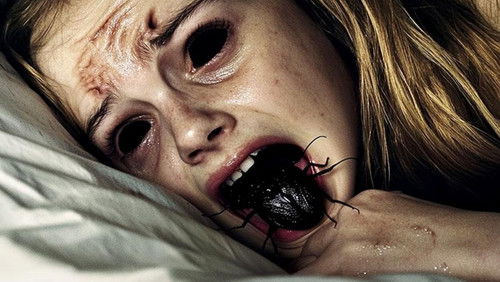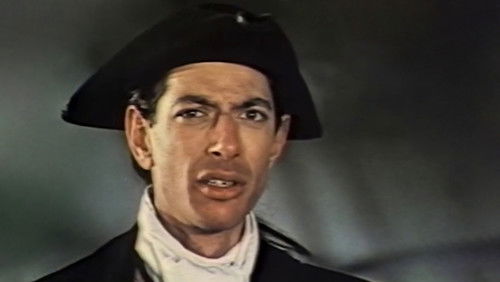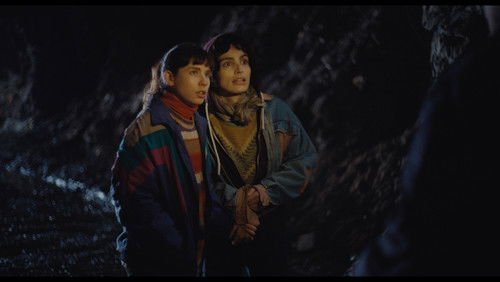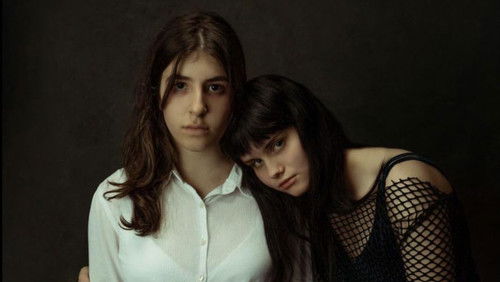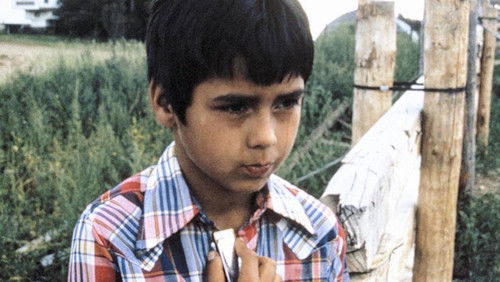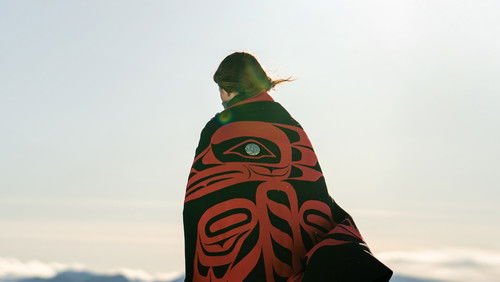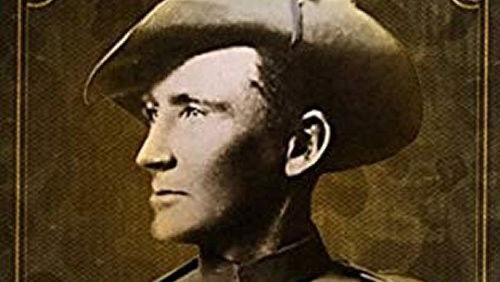Cea mai fericita fata din lume (2009)
32KCea mai fericita fata din lume (2009). 1h 39m
“u0026#39;This is who we are!u0026#39;. This is the message that film director Radu Jude repeats obsessively in all his films. He puts an uncomfortable mirror in the face of the sometimes unwilling Romanian spectators, bound to face unpleasant truths about the Romanian society today, about the more recent or the more distant history, about the prejudices against those living alongside the Romanians in the same country and the discrimination generated by these prejudices, about ignorance and its effects in the Romanian present. His recent films have produced, with no exception, controversies in his country along with appreciations and prizes abroad. u0026quot;The Happiest Girl in the Worldu0026quot;, Radu Judeu0026#39;s debut feature film already contains all these elements.u003cbr/u003eu003cbr/u003eMade in 2009, Radu Judeu0026#39;s film has many elements specific to the minimalist trend in Romanian cinema in the first decade of the millennium, but already contains the elements that will enable him and his colleagues to overcome the patterns imposed by their own success. The story in the movie is simple, the action taking place in one afternoon. Delia, an 18-year-old from the province has won a car at the draw of a soft drinks company. Together with her parents she comes to Bucharest to film a commercial ad in the center of the city, in the University Square. Her win is the familyu0026#39;s chance to break the vicious circle of poverty by selling the car and investing money to start a tourist hostel. The sale of the car, however, blows the dreams of the girl, for whom it is more important to the enjoy the status of driving a dream car and spending a holiday together with a girlfriend. Mercantile dreams in a mercantile reality, that of the transition Romania.u003cbr/u003eu003cbr/u003eRadu Jude manages to concentrate in the 99-minute film, much of it filmed in the same place very familiar to those living in Bucharest, much of the essence of the Romanian society two decades after the change of regime: lack of moral compass, mercantilism, lack of hope, cultural conflicts between the center and the rest of the country . He is helped by good acting, especially Andreea Bosneagu0026#39;s role as Delia and Serban Pavlu as the director in a supporting role. The main problem of the film is that none of the characters succeed in gaining the audienceu0026#39;s empathy. Even Delia finally appears more like a manipulator who poses in the victim, although her character, a girl born around the time of the revolution, would be the least responsible for what happens to her. The mirror set by the director in front of the spectators wants to be straight and ruthless, but the lack of characters with which viewers can identify is diminishing from the power of the film and the efficiency of the message.”
